Our planet is an ocean planet: Earth is Blue. The National Marine Sanctuary System protects some of the most iconic underwater places throughout the United States, but we can't do it without you. No matter where you are, the ocean and Great Lakes are in your hands. We hope the images of Earth Is Blue inspire you to help care for our ocean and to spread the word that Earth isn't green - it's blue.

Enjoy a Sanctuaries 360° Virtual Dive with Sea Lions in Channel Islands National Marine Sanctuary!
Stories from the Blue celebrates the people at the center of the National Marine Sanctuary System.
Channel Islands National Marine Sanctuary protects 1,470 square miles of ocean waters around the Northern Channel Islands: Anacapa, Santa Cruz, Santa Rosa, San Miguel, and Santa Barbara islands. A special place for endangered species, sensitive habitats, historic shipwrecks, and cultural resources, the sanctuary provides protection through research, education, conservation, and stewardship.
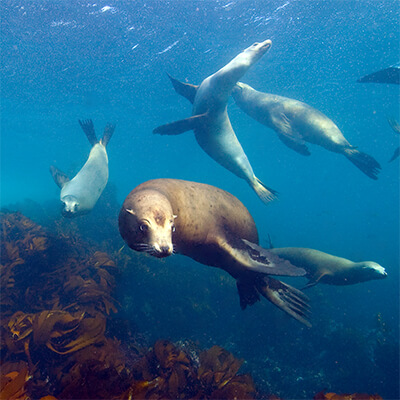
Sea lions frolic at Gull Island Marine Reserve within Channel Islands National Marine Sanctuary.
Photo: Robert Schwemmer/NOAA.
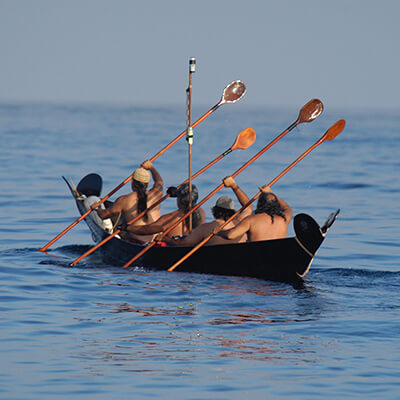
A group of paddlers cross the Santa Barbara Channel to Channel Islands National Marine Sanctuary in a traditional Chumash wooden canoe known as a Tomol.
Photo: Robert Schwemmer/NOAA.
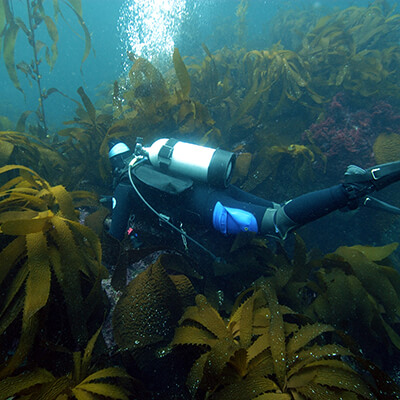
A diver conducts an underwater survey in a kelp forest within Channel Islands National Marine Sanctuary. These surveys provide vital data to help inform management decisions
Photo: Robert Schwemmer/NOAA.
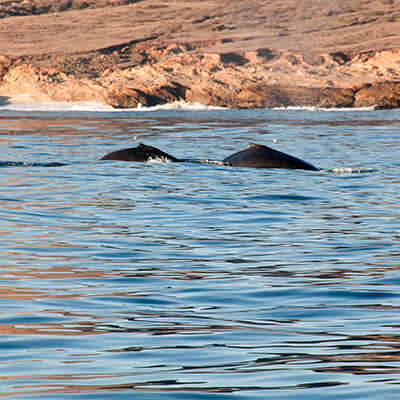
Humpback whales take advantage of the productive and protected waters around San Miguel Island in Channel Islands National Marine Sanctuary.
Photo: Robert Schwemmer/NOAA
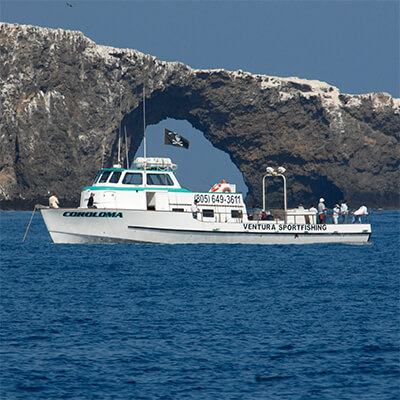
Whether visiting by chartered vessel or a private boat, recreational fishing trips are popular within Channel Islands National Marine Sanctuary.
Photo: Robert Schwemmer/NOAA
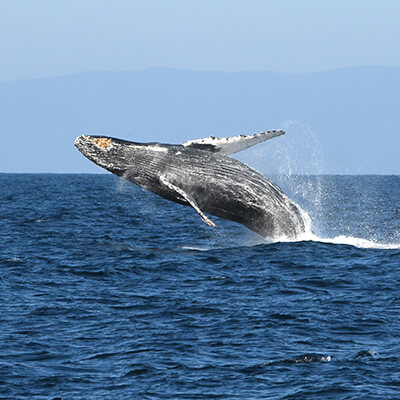
Humpback whales can be seen migrating through Channel Islands National Marine Sanctuary's productive waters.
Photo: Robert Schwemmer/NOAA
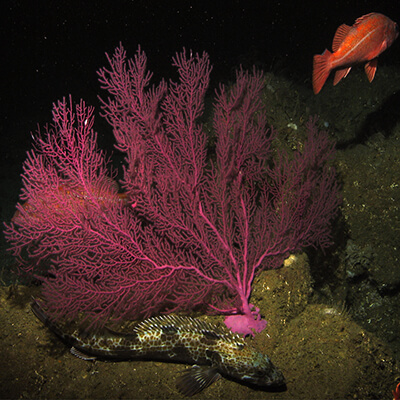
Deep sea coral gardens are one of the lesser known but incredibly important marine life communities found within Channel Islands National Marine Sanctuary.
Photo: Marine Applied Research and Exploration (MARE)
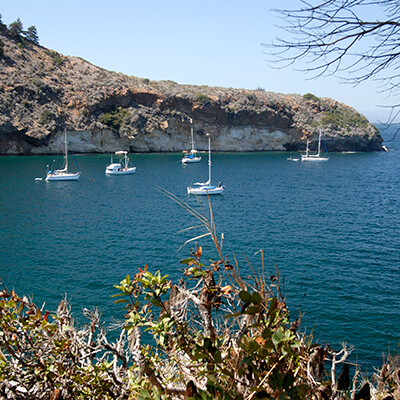
Every year hundreds of recreational boaters are drawn to the protected coves of Channel Islands National Marine Sanctuary and Channel Islands National Park.
Photo: Robert Shwemmer/NOAA
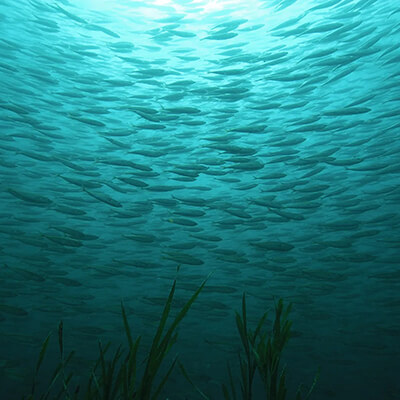
Found in select sandy shallows around Channel Islands National Marine Sanctuary, eelgrass beds provide critical nursery habitat for many ecologically and economically important fishes and invertebrates.
Photo: Robert Shwemmer/NOAA
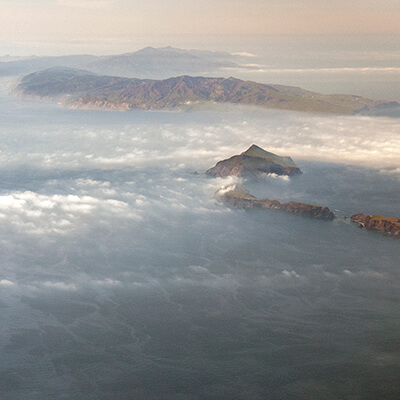
Seen from above, the northern Channel Islands, protected and managed by Channel Islands National Marine Sanctuary and Channel Islands National Park, provide a refuge for native flora and fauna, including several endemic species.
Photo: Robert Shwemmer/NOAA
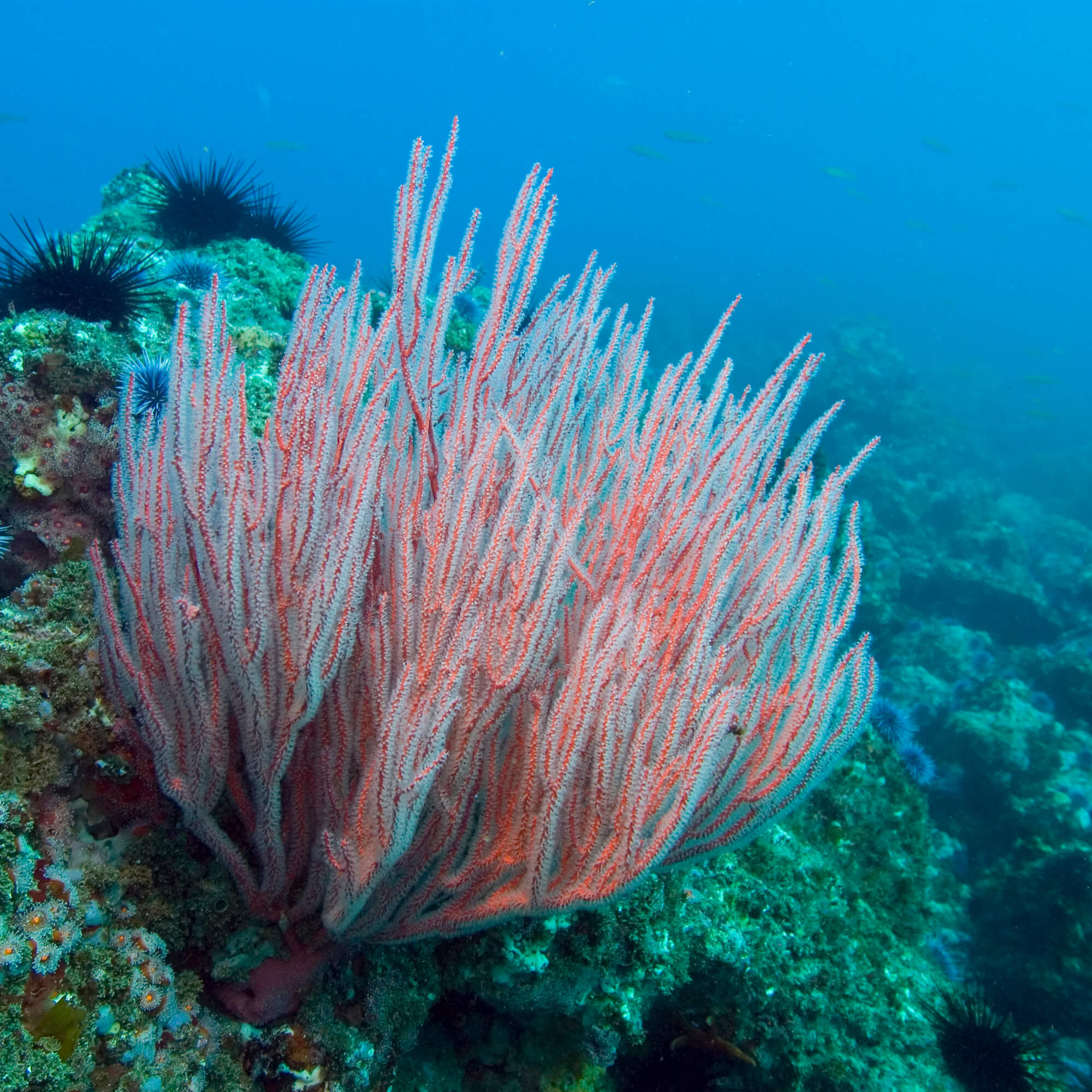
Related to corals and jellyfish, a gorgonian persists in pristine waters near Anacapa Island in Channel Islands National Marine Sanctuary.
Photo: Robert Shwemmer/NOAA
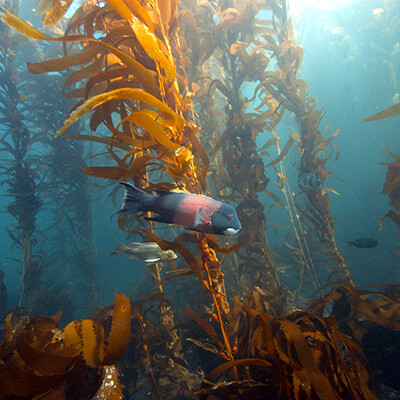
Lush kelp forests support high biodiversity within Channel Islands National Marine Sanctuary and Channel Islands National Park.
Photo: Robert Shwemmer/NOAA
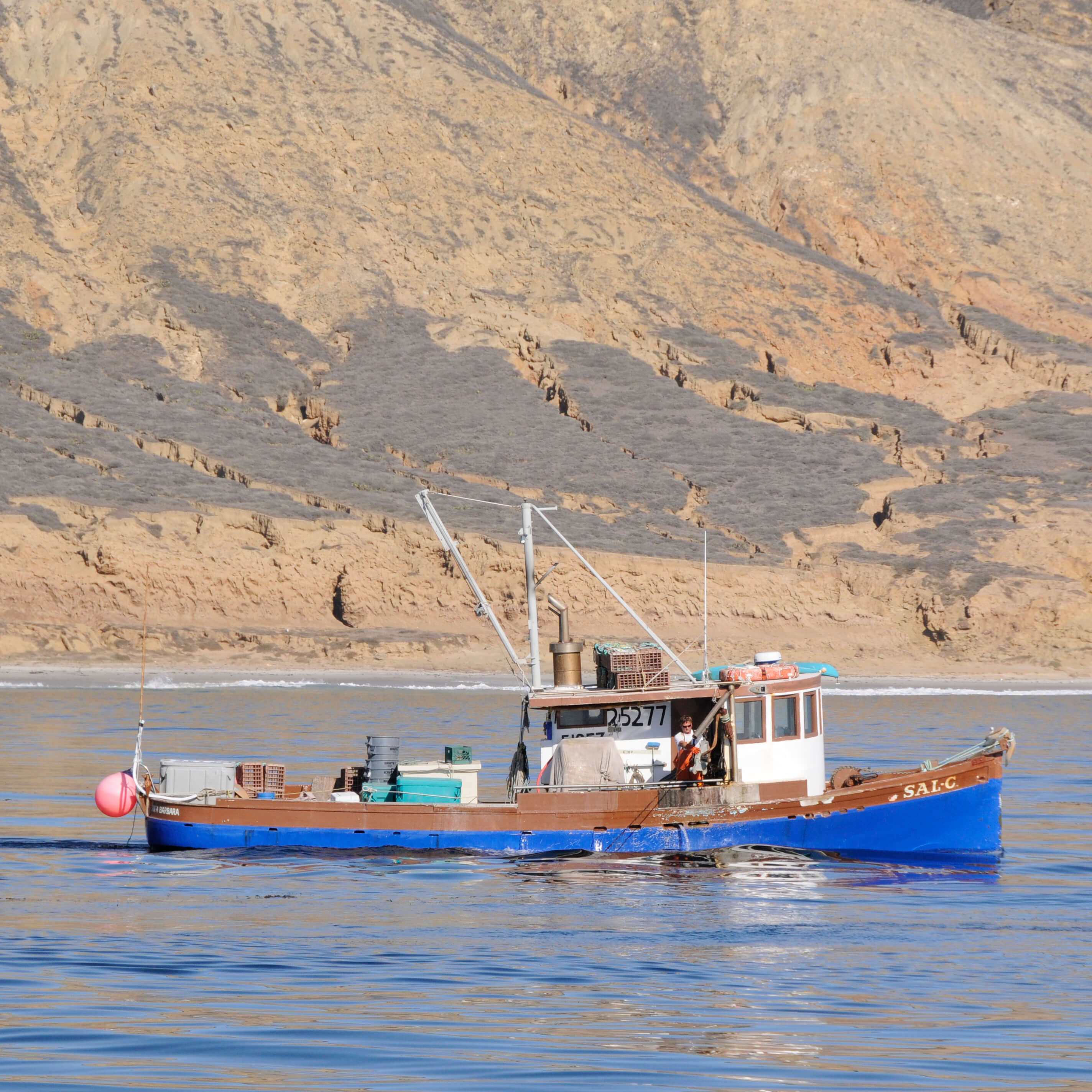
Channel Islands National Marine Sanctuary is home to very productive and valuable commercial fishing grounds. Urchin and lobster fisheries are a major component of California's coastal economy.
Photo: Robert Shwemmer/NOAA
Check out Channel Islands National Marine Sanctuary on Facebook and Twitter, and see recent posts here.